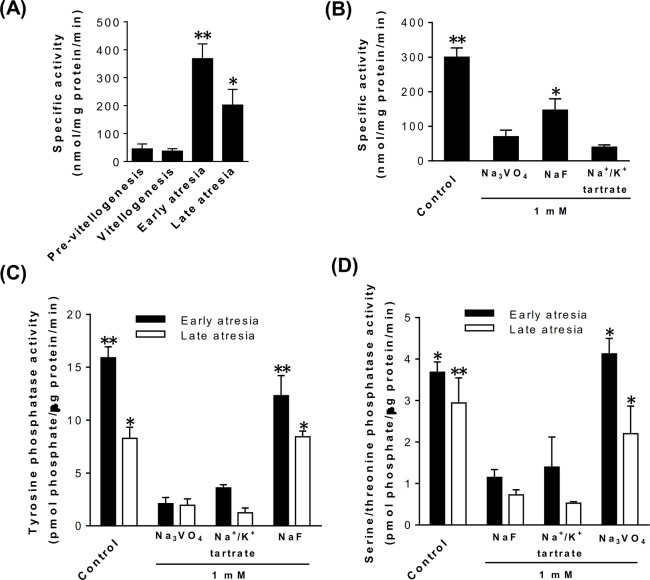Fig 4. Activity of acid phosphatase in the ovarian tissue of D. maxima.
(A), the enzymatic assays were performed using 30 μg of ovarian homogenates from females at representative days of the reproductive cycle and measuring the amount of p-nitrophenol (pNP). The results are expressed as specific activity (nmol of pNP/mg protein/min) and each point represents the mean ± SEM (n = 3). *P<0.05 vs. pre-vitellogenesis, vitellogenesis and early atresia; **P<0.001 vs. pre-vitellogenesis and vitellogenesis. (B), the effect on acid phosphatase activity of several inhibitors was analyzed by pre-incubating protein homogenates of ovaries at early atresia with Na3VO4 (inhibitor of tyrosine phosphatase), NaF (inhibitor of serine/threonine phosphatase) or Na+/K+ tartrate (a broad spectrum phosphatase inhibitor). *P<0.05 vs. Na3VO4 and Na+/K+ tartrate; **P<0.001 vs. Na3VO4, NaF and Na+/K+ tartrate. Specific activity of tyrosine phosphatase (C) and serine/threonine phosphatase (D) in ovarian homogenates from females at early and late atresia. The assays were performed using specific phosphopeptides as substrates either in the presence or in the absence of NaF, Na3VO4 or Na+/K+ tartrate. The specific activities are expressed as pmol phosphate/μg protein/min. Each point represents the mean ± SEM (n = 3). (C), activity in early atresia: **P<0.001 vs. Na3VO4 and Na+/K+ tartrate; activity in late atresia: *P<0.05 vs. Na3VO4 and Na+/K+ tartrate. (D), activity in early atresia: *P<0.01 vs. NaF and Na+/K+ tartrate; activity in late atresia: *P<0.01 vs. NaF and Na+/K+ tartrate; **P<0.001 vs. NaF and Na+/K+ tartrate.

